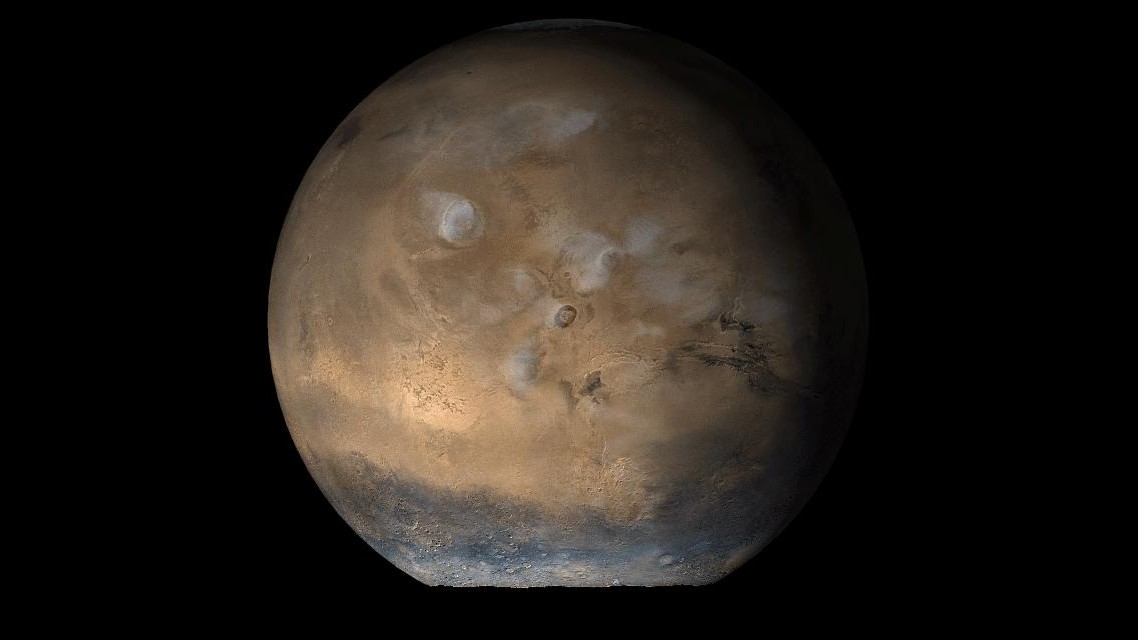
Grab your stargazing binoculars, because tonight (Jan. 13), Mars will vanish behind the moon for several hours in an astronomical event called a lunar occultation.
Coincidentally, the lunar occultation of Mars also happens when the Red Planet enters opposition — that is, when Mars is directly opposite the sun in Earth's sky — meaning Mars will be at its biggest and brightest as it nears its closest point to Earth. This is the only lunar occultation of Mars that's visible from the United States in 2025, so you won't want to miss this rare event.
To get the most out of your viewing experience, find a location that's far from artificial light and allow a few minutes for your eyes to adjust to the dark.
The lunar occultation of Mars will be visible from the contiguous United States, parts of Canada and Mexico, and Western Africa. This map from In-the-Sky shows the path of the lunar occultation of Mars.
Related: The 10 best stargazing events of 2025
Watch the moon 'swallow' Mars
Tonight, the moon will be full as it rises. (January's full moon is also called the Wolf Moon). Mars and the moon will remain close together from the time they rise to the time they set. They will rise around 5 p.m. EST on Jan. 13 and will set around 8 a.m. EST on Jan. 14, though times will vary slightly depending on your location.
Mars will disappear behind the bottom edge of the moon at 8:44 p.m. EST on Jan. 13 and will emerge from behind the top edge of the moon at 12:52 a.m. EST on Jan. 14, according to In-the-Sky.org. However, these times will vary slightly depending on your exact viewing location. You can enter your location on the sidebar on In-the-Sky to see the precise start and end times for your location.
Mars will be easily visible to the naked eye, appearing bright and slightly gold-tinted. However, this event will be best viewed through a pair of high-powered binoculars or a good backyard telescope so you can get a close-up as Mars appears to graze the edge of the moon. Viewing the event through high-powered binoculars or a backyard telescope will also allow you to see the red hues of Mars and individual craters on the moon.
You might even be able to see Mars' northern polar ice cap, which spans 620 miles (1,000 kilometers , and Valles Marineris, the largest canyon in the solar system. Valles Marineris is around 1,900 miles (3,000 kilometers) long, 400 miles (600 km) wide and 5 miles (8 km) deep, per NASA. That's 10 times longer than the Grand Canyon, and three times as deep.
The next lunar occultation of Mars will be in February; it will be visible from northern Scandinavia, Russia and parts of Asia. After 2025, the next lunar occultation of Mars that will be easily viewable to skywatchers in the U.S. won't happen until 2042 — so don't miss this cosmic spectacle tonight!







